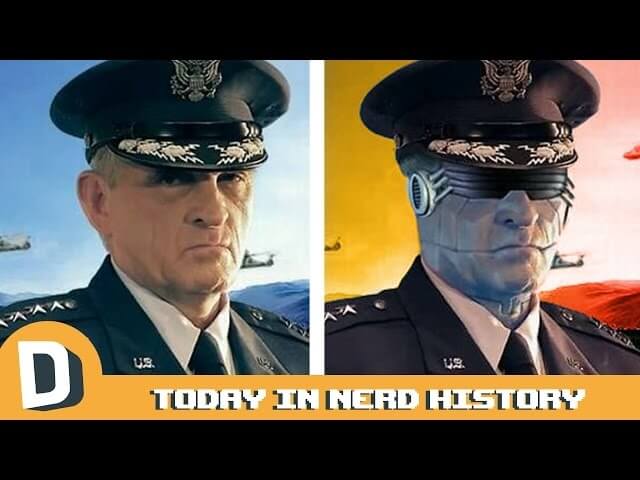Germany has a strange history of video game censorship

Germany doesn’t run from its dark history—as a country, it’s actively worked to preserve evidence of the atrocities committed during World War II and has reconfigured its notion of Germanhood in its wake. Artworks that depict Nazis and Nazism are presented with an almost sacrosanct reverence, so that future generations can learn from the actions of the past. Video games are caught in a weird nexus, though, as German censors don’t classify them as art, and so require their creators to jump through weird loopholes.
In games, images of violence, particularly the iconography of the Third Reich, are totally verboten. Publishers are willing to sometimes drastically alter their games because the German market is the biggest in Europe, leading to some truly bizarre tweaks, as an insightful video from Dorkly points out in a detail-rich video.








































